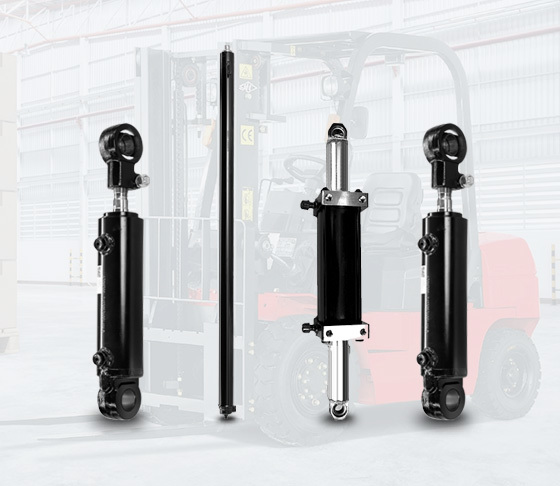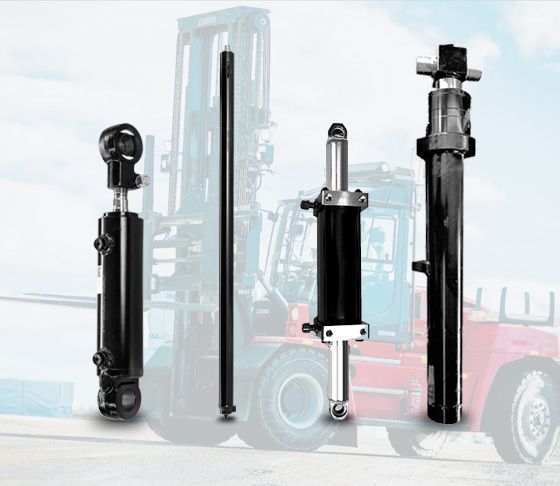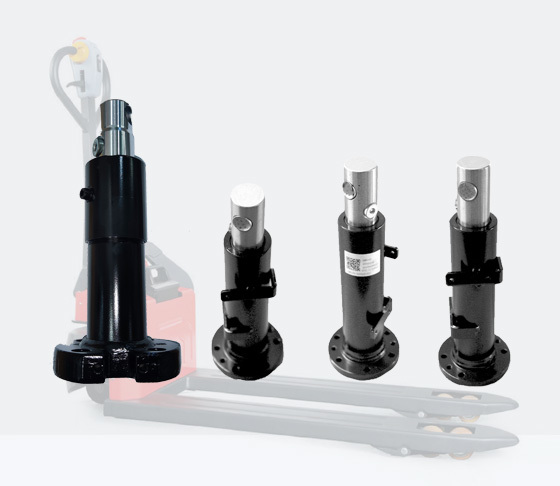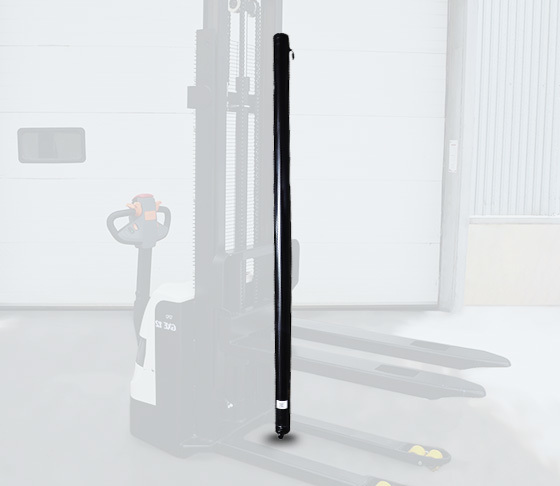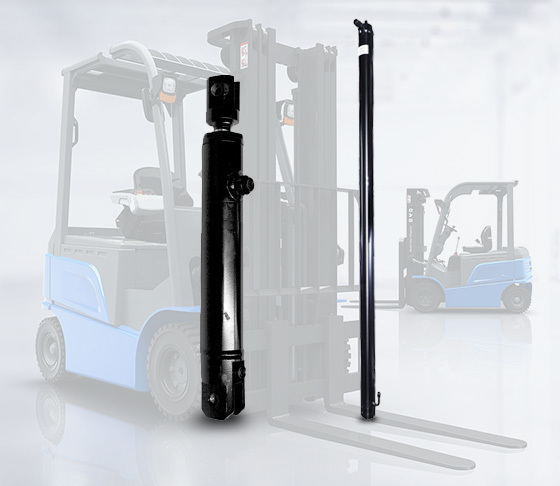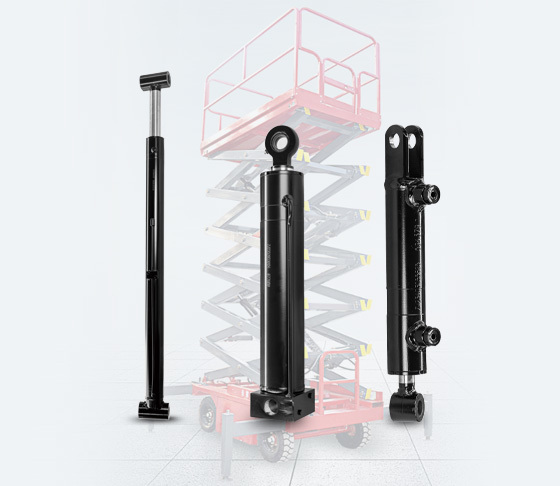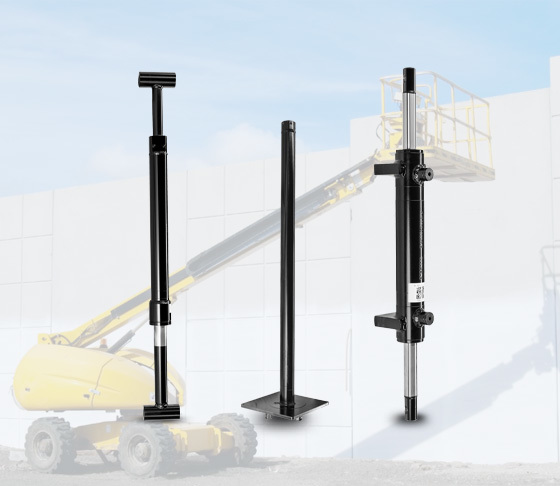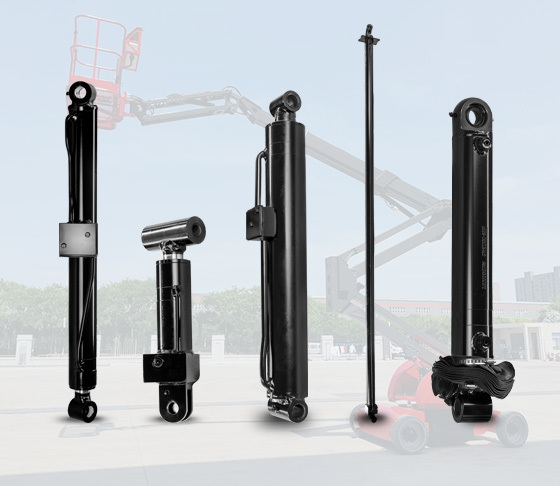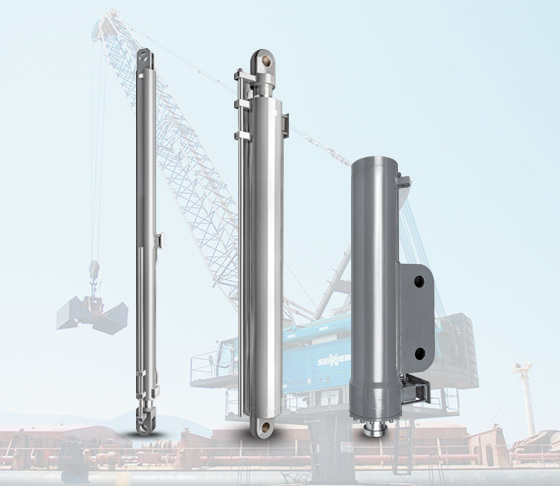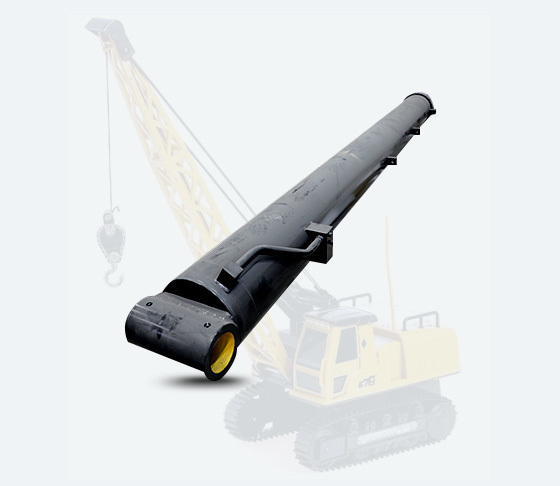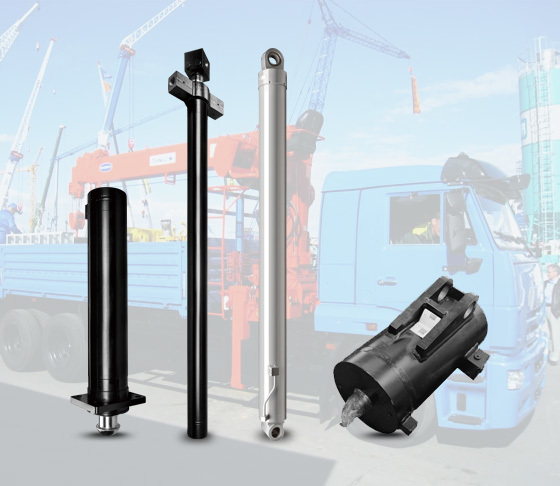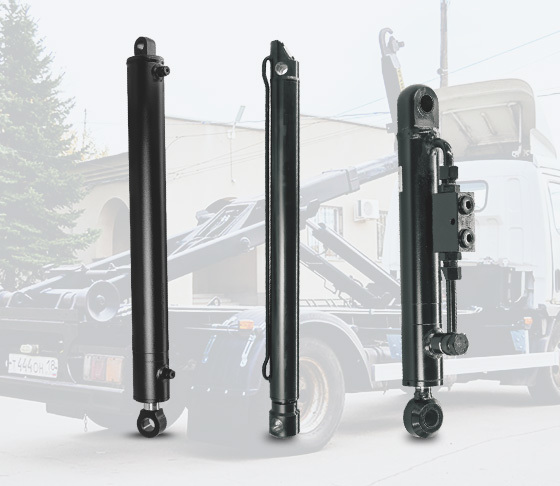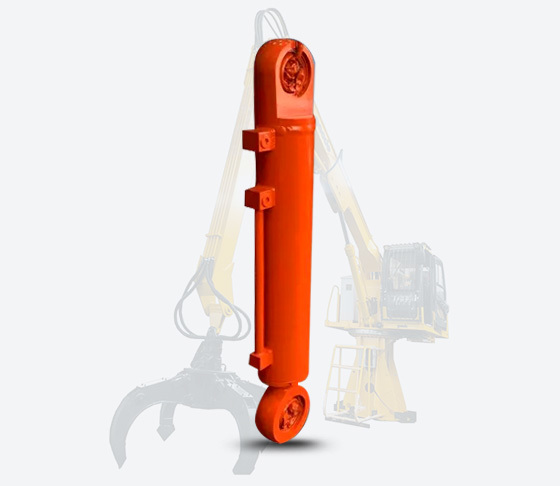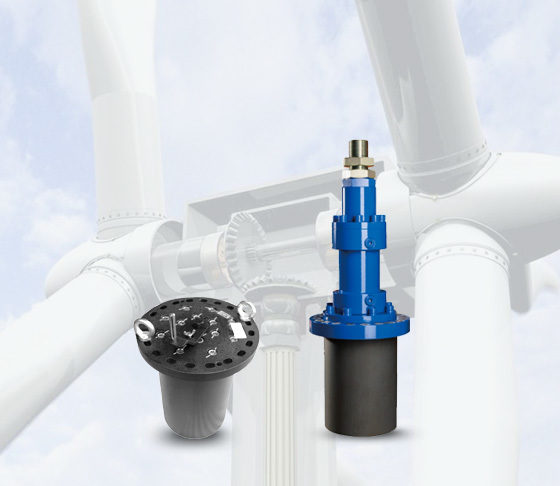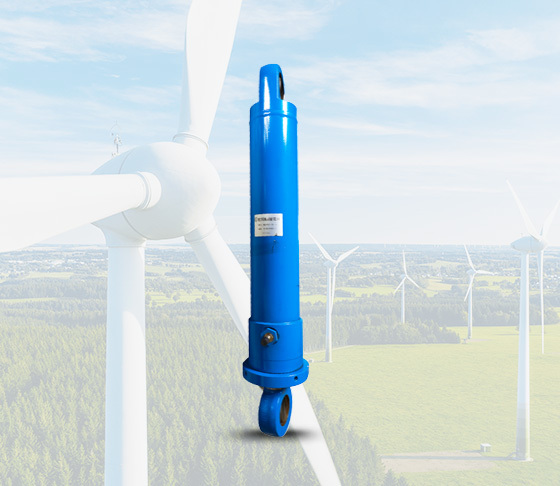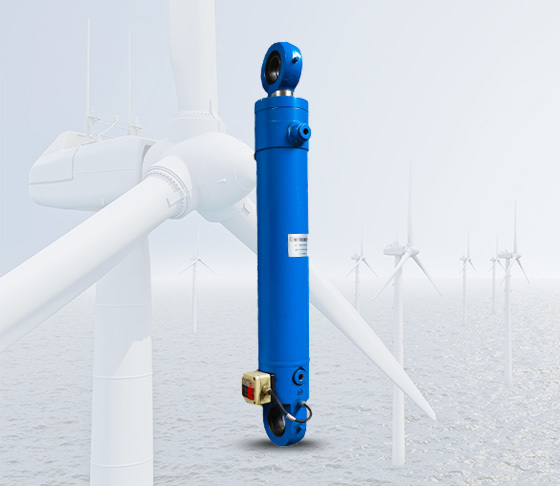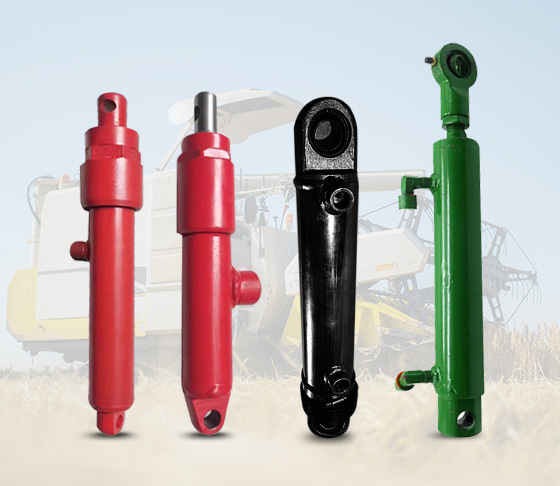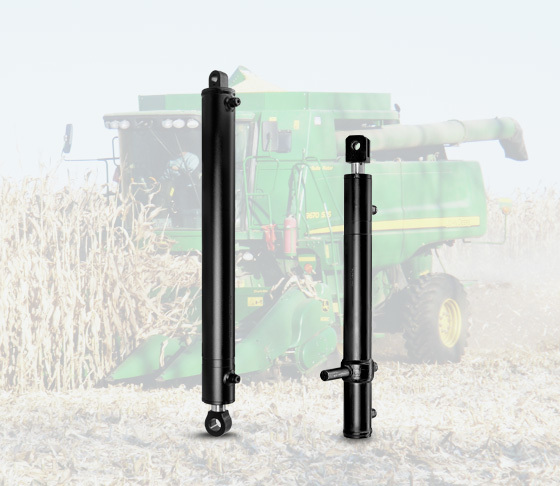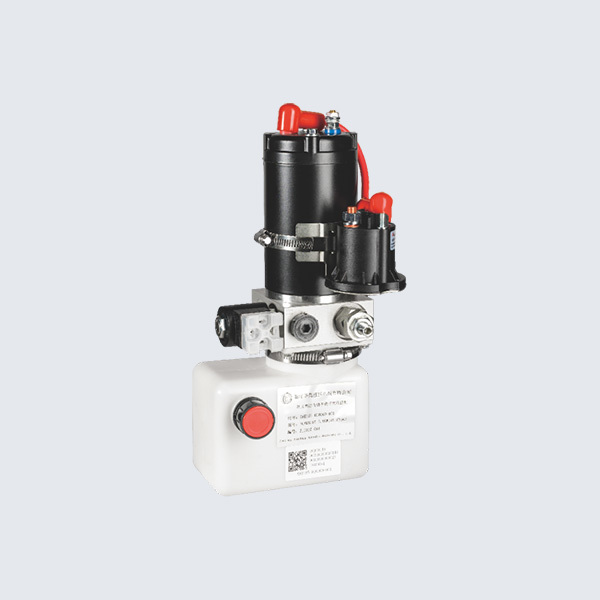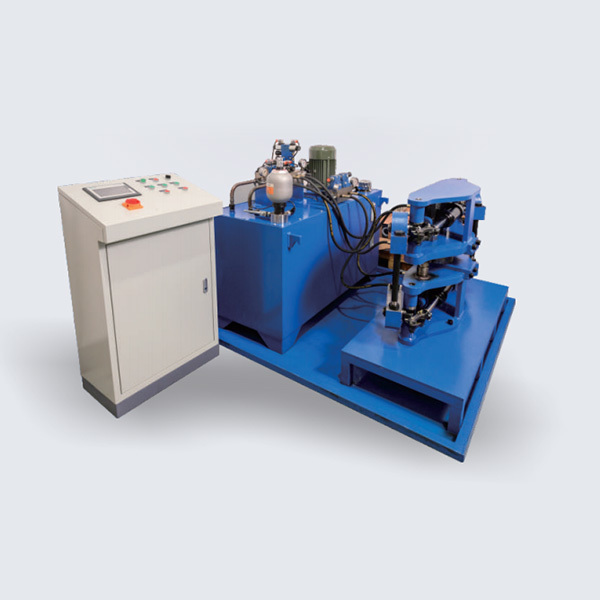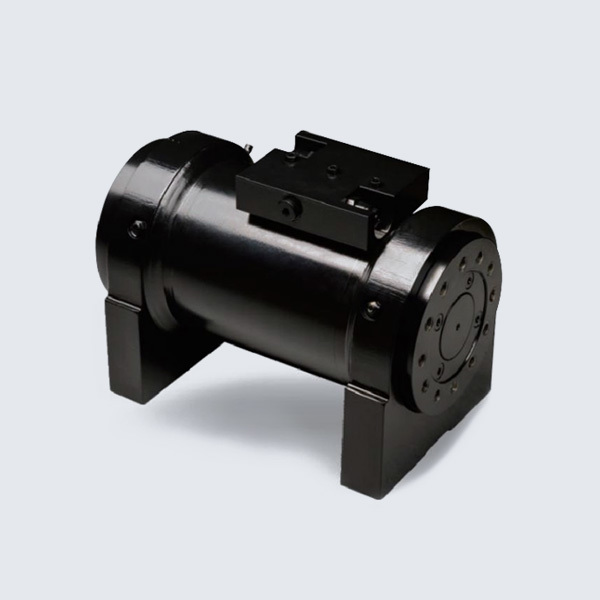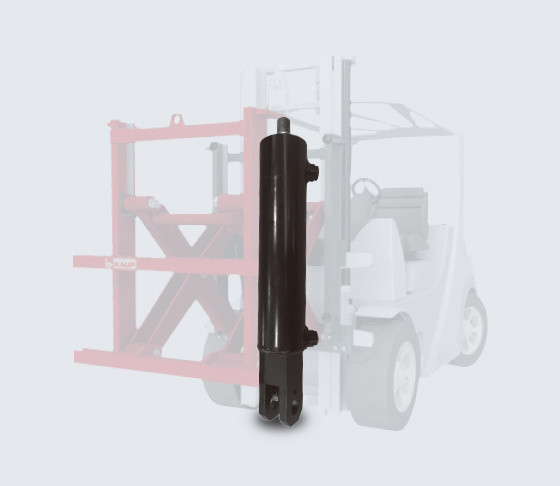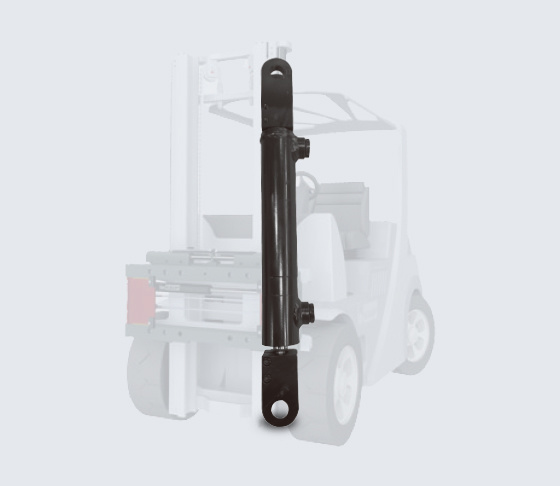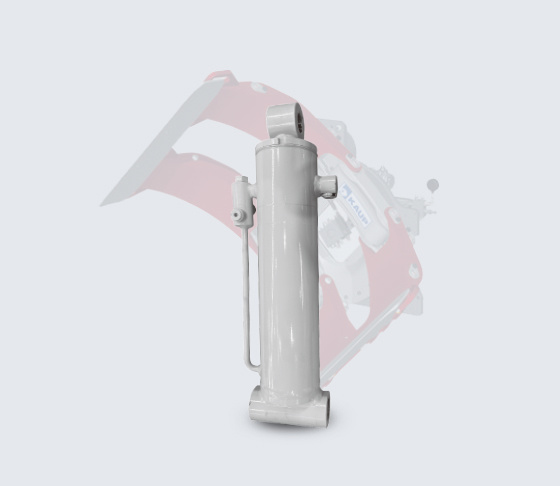Introduction to hydraulic cylinders
Sep 04,2023

Hydraulic cylinder is a hydraulic actuator that converts hydraulic energy into mechanical energy and performs linear reciprocating motion (or swing motion). It has a simple structure and reliable operation. When using it to achieve reciprocating motion, there is no need for a deceleration device, and there is no transmission clearance, making the motion smooth. Therefore, it is widely used in various mechanical hydraulic systems.
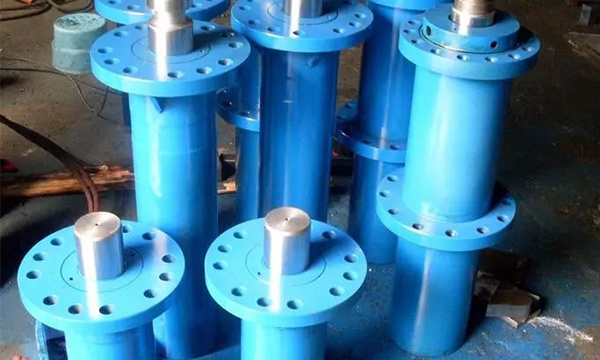
The output force of the hydraulic cylinder is directly proportional to the effective area of the piston and the pressure difference on both sides; Hydraulic cylinder is basically composed of cylinder barrel and cylinder head, piston and piston rod, sealing device, buffer device and exhaust device. The buffer device and exhaust device depend on the specific application scenario, while other devices are essential.
Hydraulic cylinder is an executive component in hydraulic transmission system, which is an energy conversion device that converts hydraulic energy into mechanical energy. Hydraulic motors achieve continuous rotary motion, while hydraulic cylinders achieve reciprocating motion. The structural types of hydraulic cylinders include piston cylinder, plunger cylinder, and swing cylinder. The piston cylinder and plunger cylinder achieve reciprocating linear motion, output speed and thrust, while the swing cylinder achieves reciprocating swing, output angular velocity (speed) and torque. In addition to being used individually, hydraulic cylinders can also be combined with two or more or other mechanisms. To perform special functions. Hydraulic cylinders have a simple structure and reliable operation, and have been widely used in hydraulic systems of machine tools.
NEXT:
Related Posts
Contact Us
Address:No. 88, Gaoqing Road, Qingshanhu Street, Lin'an District, Hangzhou City, Zhejiang Province, China
Postal Code:311305
Phone:+86-0571-87938113,87938137
E-mail:hc208@zjimee.com.cn
LATEST
INFORMATION
Get the latest product information of the company

CONTACT
Address:No. 88, Gaoqing Road, Qingshanhu Street, Lin'an District, Hangzhou City, Zhejiang Province, China
Postal Code:311305
Phone:0571-87938113,87938137
E-mail:hc208@zjimee.com.cn
Copyright © Zhejiang Huachang Hydraulic Machinery Co., Ltd, All Right Reserved Powered by www.300.cn
SEND AN INQUIRY
SAF Coolest v1.3.1.2 设置面板 XAZSX-ZGPS-TQAAE-ZVS
无数据提示
Sorry, the current column is being updated, please stay tuned!
You can view other columns or return to the HOME





